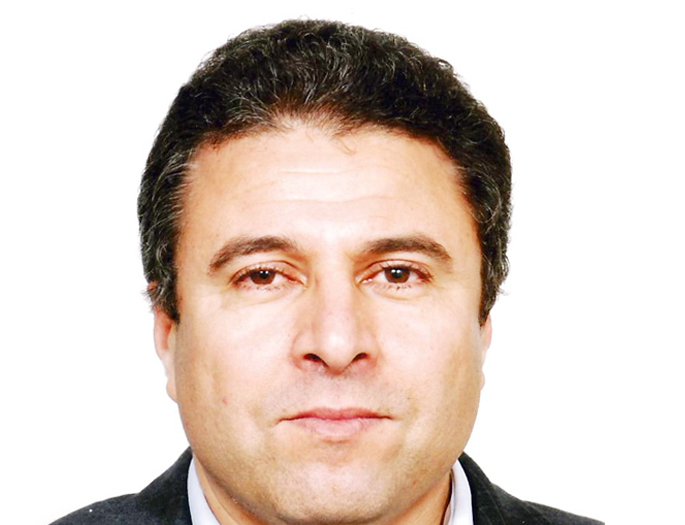by Mohamed al-Haddad
Much present-day interfaith and intercultural dialogue stems from the culture of globalization, as communities encounter each other and differences emerge on the international stage. But dialogue that truly means something demands radical changes in the mindsets of some of the societies that participate. The first essential change is to adopt the capacity to accept divergent views. “Acceptance” differs from “tolerance”, because becoming familiar with the other does not entail judging the other’s validity. “Acknowledgment” is itself a value, while judgment goes a step further. Once the order changes, the methodology will follow.
Openness to the other is not alien to Arab and Islamic civilization. The Islamic conquest resulted in its own “global community,” as Arab Muslims came into contact older religions, sects and beliefs. The twelfth-century treatise Kitab Al-Milal wa ‘l-Nihal [The Book of Sects and Creeds] by Al-Shahristani the wide spectrum of religious tendencies and thoughts which were spread among Muslims. Shahristani lived during the golden age of Islam, and believed in employing facts to debate those who disagreed with him. He found it acceptable to acknowledge the ideas of others, as long as they were presented fairly rather than distorted for the sake of debate.
Readers may be surprised that Shahristani himself was an avid follower of the Ash’ari sect, which does not come across in the context of the book — despite the fact that the Ash’ariya firmly believed that only their followers would be saved. Nonetheless, Shahristani parses other faiths objectively. When he wrote about the Mu’tazila, for example, he presented precise facts. He sourced his findings to literature composed by groups that opposed his own beliefs. Moreover, Shahristani nearly deified Greek philosopher Hermes, calling him “a virtuous man of word and action who is amongst the great Prophets and is said to have been the Prophet Idris”.
Shahristani did judge the religion and dogma he presented, but nevertheless he conveyed them objectively. In other words, he sought to separate his subjective judgment and his assessment of the other. He belonged to a confident, secure generation that felt unthreatened by the Other, and therefore open to diverse views. He believed the best way to debate was by thoroughly understanding the other side.
Emancipation from the “disagreement complex” is the first step in any attempt at meaningfully engaging in dialogue.













